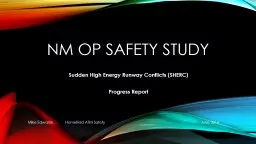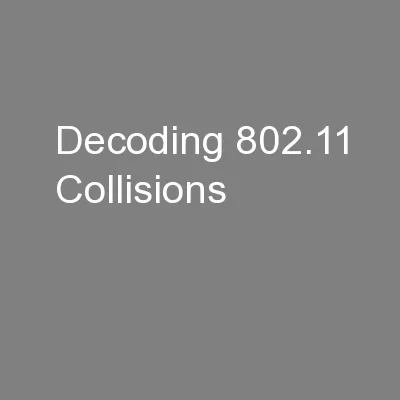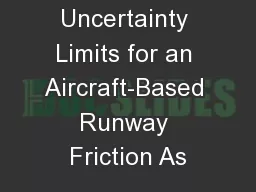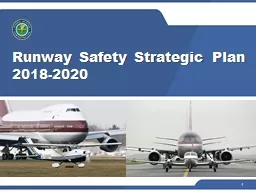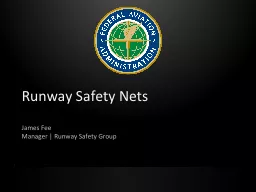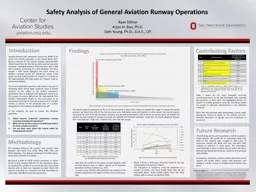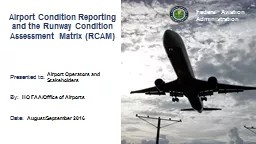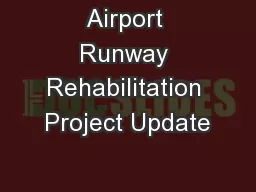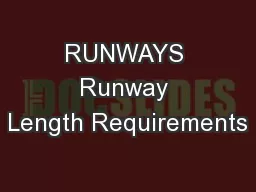PPT-Preventing runway collisions
Author : karlyn-bohler | Published Date : 2017-12-23
Sudden High Energy Runway Conflicts SHERC Mike Edwards Homefield ATM Safety June 2017 WHat IS a sherc event Sudden High Energy Runway Conflict SHERC i s a subset
Presentation Embed Code
Download Presentation
Download Presentation The PPT/PDF document "Preventing runway collisions" is the property of its rightful owner. Permission is granted to download and print the materials on this website for personal, non-commercial use only, and to display it on your personal computer provided you do not modify the materials and that you retain all copyright notices contained in the materials. By downloading content from our website, you accept the terms of this agreement.
Preventing runway collisions: Transcript
Download Rules Of Document
"Preventing runway collisions"The content belongs to its owner. You may download and print it for personal use, without modification, and keep all copyright notices. By downloading, you agree to these terms.
Related Documents

